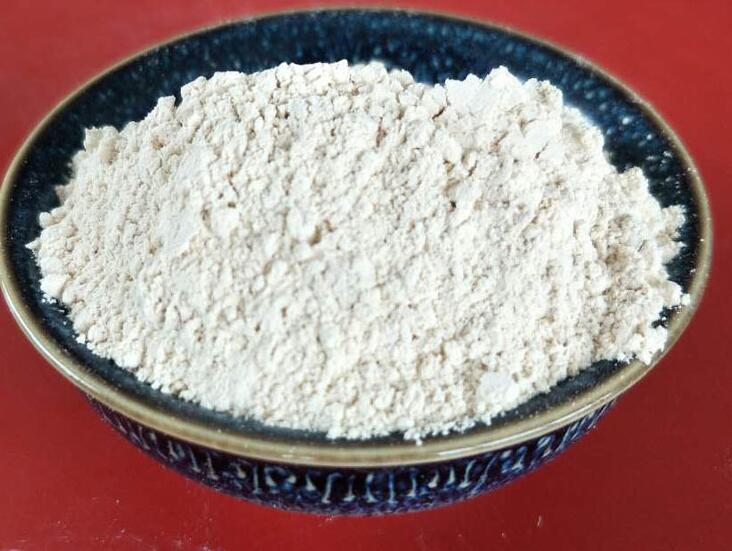Industrial preparation of magnesium hydroxide: the potential of magnesium chloride and dolomite raw materials

As an important inorganic compound, magnesium hydroxide has a wide range of applications in many fields. This study explores an effective method for preparing magnesium hydroxide through a series of chemical reactions using magnesium chloride and dolomite as raw materials.
Introduction to raw materials
Magnesium chloride: colorless crystals or white powder, easily soluble in water, is a common raw material for preparing magnesium compounds.
Dolomite: The main component is magnesium calcium carbonate, which is a natural mineral for preparing magnesium and calcium compounds.
Preparation steps
Dolomite pretreatment: calcined dolomite is converted into light-burned dolomite, the main components of which are magnesium oxide and calcium oxide.
Light-burning temperature control: avoid high temperature to produce by-products, and the specific temperature is determined according to product requirements.
Dolomite ash milk preparation: light-burned dolomite reacts with water to generate dolomite ash milk containing magnesium hydroxide and calcium hydroxide.
Precipitant use: dolomite ash milk is used as a precipitant to react with magnesium chloride solution to generate magnesium hydroxide precipitate.
Reaction condition control: including feed rate, aging time, reaction temperature and magnesium chloride concentration.
Reaction equation
Magnesium hydroxide formation: MgO+H2O→Mg(OH)2MgO+H2O→Mg(OH)2
Calcium hydroxide formation: CaO+H2O→Ca(OH)2CaO+H2O→Ca(OH)2
Precipitation reaction: MgCl2+2Mg(OH)2→3Mg(OH)2↓+2Cl−MgCl2+2Mg(OH)2→3Mg(OH)2↓+2Cl−
Product separation and purification
Magnesium hydroxide is separated and purified from the reaction mixture by filtering, washing and drying steps.
Product characterization
The product is characterized in detail by X-ray diffraction (XRD), thermogravimetric differential thermal analysis (TG-DTA), scanning electron microscopy (SEM) and other techniques.
Precautions
Calcium and magnesium separation: Effective separation of calcium and magnesium is achieved during the reaction process to ensure the high purity of magnesium hydroxide.
Product purity: The purity and yield of magnesium hydroxide are improved by optimizing the reaction conditions.
The method of preparing magnesium hydroxide from magnesium chloride and dolomite has the advantages of low cost and high product quality. By precisely controlling the reaction conditions, high-purity magnesium hydroxide can be obtained to meet the needs of different industrial applications.








